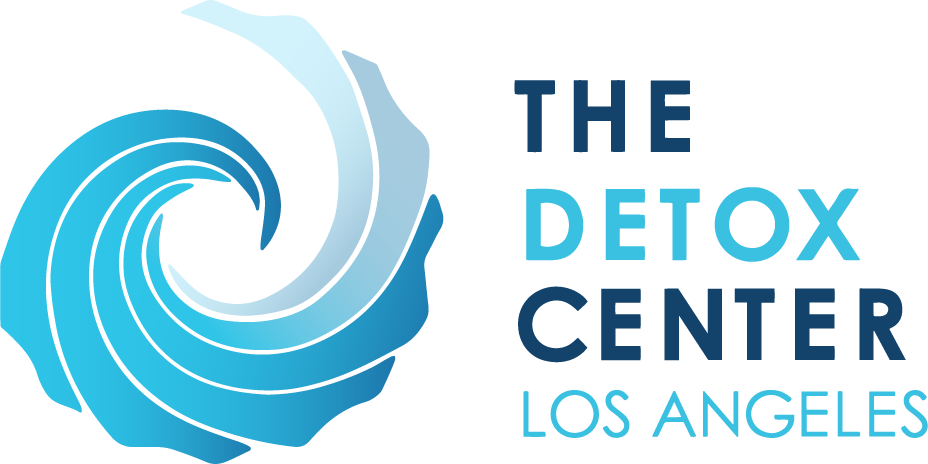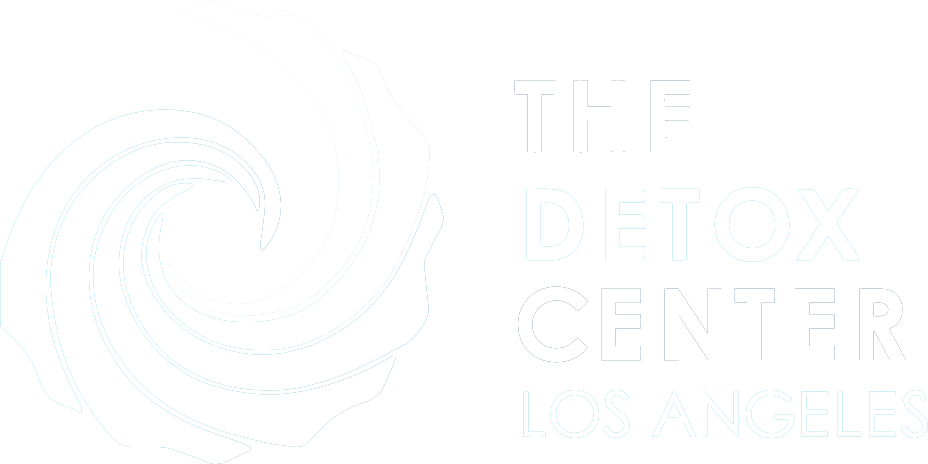Suicide in America
According to the American Foundation for Suicide Prevention (AFSP), suicide is the 12th leading cause of death in the U.S. In 2020 alone, suicide data shows there were an estimated 1.20 million suicide attempts, and nearly 46,000 Americans died by suicide that same year. The risk of suicide is highest for middle-aged white men. In fact, in 2020, men died by suicide 3.88 times more than women, which accounted for 69.68% of suicide deaths that year. Warning signs for suicide vary by person, but may include:
- Expressing a desire for death in everyday life
- Expressing a feeling of being trapped
- Acting agitated or anxious
- Reckless behavior
- Social isolation from family and/or friends
- Avoiding social situations
- Abandoning hobbies or other sources of enjoyment
- Insomnia
- Heavy drug and alcohol use or addiction
- Extreme irritability
- Hopelessness
- A sudden decrease in work or academic performance
- Feeling suicidal or have had a suicide attempt
Contact The Detox Center of Los Angeles today at (888) 346-4350 to learn how to access our addiction treatment programs.
10 Strategies for Suicide Prevention
Suicide is a serious health problem that can have lasting effects on people who die, individuals, families, and community members. However, the good news is suicide prevention is possible. If you or a loved one struggles with suicidal ideation or has a plan for suicide, try these top ten strategies for suicide prevention, according to the Centers for Disease Control and Prevention (CDC) and local NAMI, or National Alliance on Mental Illness.
- Seek medical attention for suicide care for you or a loved one at risk of suicide
- Create protective environments for violence prevention and injury prevention and reduce access to lethal means among those at risk for suicide
- Promote connectedness and community engagement activities
- Learn and teach coping and problem-solving skills
- Identify and support people at risk for suicide
- Lessen harm and prevent future risk
- Respond to a crisis, identify and assist
- Promote the 998 Suicide and crisis hotlines for suicide prevention
- Create strong connections with individuals, family, community, and social institutions
- Check-in with others on an emotional level
988 America’s Suicide Prevention and Crisis Hotline
According to suicide data from the Substance Abuse and Mental Health Services Administration (SAMHSA), the U.S. had one death by suicide every 11 minutes in 2020, making suicide the leading cause of death for Americans aged 10 to 34 years old. Luckily, there are trained crisis professionals and a crisis lifeline waiting to help stop suicide and save lives. To reach the 24/7, free and confidential National Suicide Prevention Lifeline, call 998, use the crisis text line at 998, or chat at 988lifeline.org.
The Connection Between Suicide and Addiction
Suicide, depression, and addiction are interconnected with one another. In fact, according to the Addiction Center, more than 90% of individuals who die by suicide suffer from depression, have a substance use disorder (SUD), or both. Unfortunately, many individuals who struggle with mental illnesses like major depression, bipolar disorder, obsessive-compulsive disorder (OCD), and other conditions frequently turn to drugs, alcohol, gambling, or other risky behaviors to cope with the pain and negative feelings they may experience. The issue is substance abuse and addiction often increase the severity and duration of depressive episodes, therefore increasing the likelihood of suicidal thoughts and suicidal ideation. To make matters worse, addiction can impact familial, professional, personal, and financial relationships, further exacerbating the risk of suicide.
Treatment for Mental Health and Substance Use Disorders
Because substance abuse greatly impacts the risk of suicide, one of the most critical steps in suicide prevention is overcoming addiction and getting sober and the best way to do so is with help from a medical professional at a mental health drug rehab facility. With professional help, medical detox, and access to a variety of mental health and therapy treatments–such as individual therapy, group therapy, family therapy, additional therapy, cognitive behavioral therapy, and more–patients are able to achieve sober living so they can focus on treating mental health concerns.





